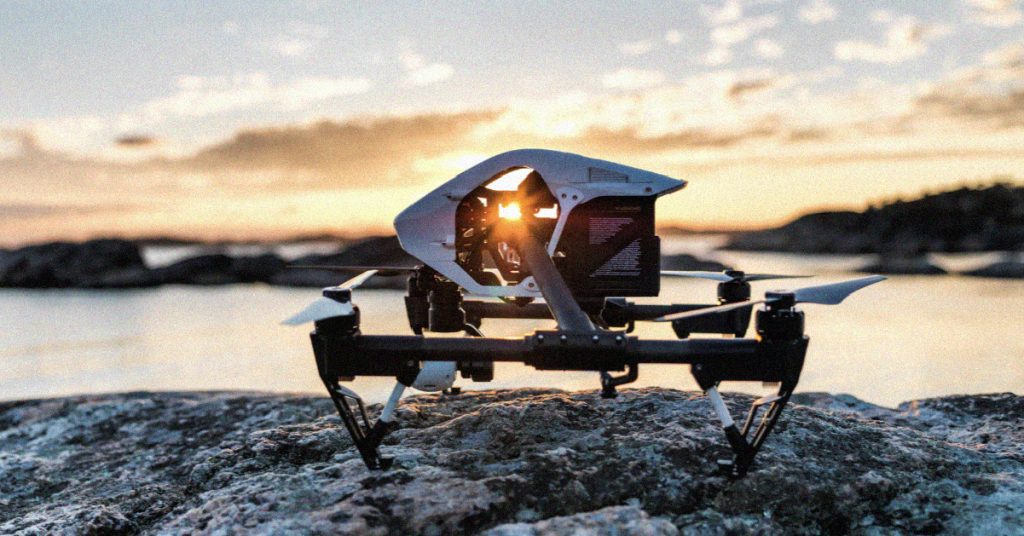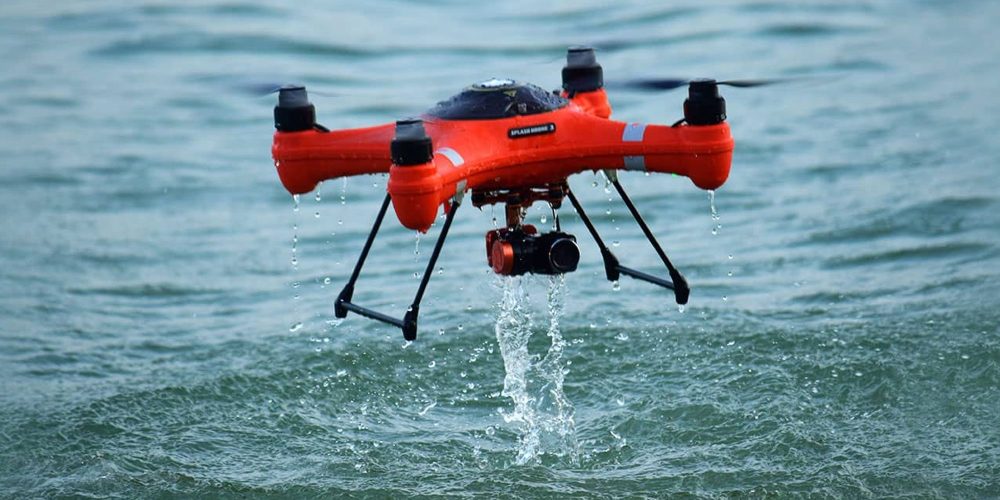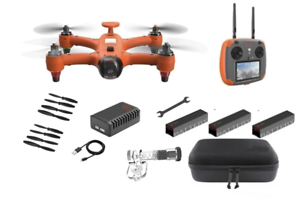
If you are a passionate fisherman, and you live in Australia you can use a drone for an aerial view of your property's waters. Drones come with various features like a mechanical payload release, an angle adjustable camera, GPS positioning system, and a GPS receiver. You can also buy fishing line that you can use to fish. These lines are highly stable and reliable. One example of such a drone is the SKY RIGGER.
SKY RIGGER is an unmanned fishing line.
The SKY RIGGER, a flexible fishing system for drones, allows you fish from the air using minimal effort. The system has two rotating leg clamps that can be mounted on a wide variety of drone models. The release mechanism has a bayonet style connection and a camlock arm to quickly open the line clamps. Sky RIGGER, unlike other drones requires no batteries and can handle all fishing techniques safely.
The SKY RIGGER's automatic release mechanism allows for the release of the fly when a fish strikes it. You can also manually let go of the line by using your rod or hand. This feature can be found on all models. It is highly recommended to buy a Phantom 3 first before purchasing the new SKY RIGGER. Here are some pros and cons to the new line system.
It can be set up to release a payload mechanically
A drone with a mechanical payload release system is one of the most important aspects. Many are designed to make it easy for anglers to remove their fishing line. Some models lack a release mechanism. Instead, users must "yank the fishing line" to free the drone. This can be frustrating, especially for people who aren’t comfortable using their fingers to release the line.

Another important feature of the drone's payload release system is its size. When a fish strikes, the payload must be able release the line from the drone. Before you try this method, it is important that you practice catch-and-release fishing. The fish cannot be pulled to shore and then released back into the water. The DJI Phantom drone has been reported to have excellent results by many people. However, this technology is not yet comparable to other fishing drones.
It has a GPS positioning system
Rippton is an Australian-Dutch joint venture that specializes technology-oriented products for fishing. Its goal is improve anglers' success by creating products that enhance the fishing experience. Rippton's Mobula drone includes a GPS positioning and remote release. The Mobula can hold bait at the surface, provide resistance to kite clips, and be environmentally friendly.
It is light at 3 pounds and can take off for 18 minutes. It has a high tech GPS system that can be controlled from as far as 2,000 meters away. It has an operating range of 1000m (or half a mile) and intelligent flight modes. Its point feature allows it high-quality images of the surrounding environment. Its high-resolution camera allows you to get great views of fish.
It comes with a failsafe feature
Aerokontiki has an emergency feature that allows it to monitor the battery level and release the fishing line if necessary. If the battery is dead, the drone will automatically return to dry ground and resume its mission. It is equipped with industrial-grade flight controllers that can be used anywhere, without the need for calibration. This drone is also waterproof, so you can use it even in the most difficult water spots.

FAQ
Do I need to be able to fly a drone without special training?
No, you don’t have to learn any special skills in order for your drone to fly. You will only need a remote control unit, and some knowledge about flight mechanics.
You can fly a drone as high as you like without a license.
The FAA has no limit on how high you can fly a drone. They do require that you register your unmanned airplane system (UAS), which includes registration number, model number, weight, size and manufacturer's names, as well as other information.
What kind batteries does a drone need?
Lithium-ion batteries are the most common type of battery for drones. A typical drone uses between 3 and 6 volts.
Statistics
- Research and Markets predict a growth rate of 51.1% over the next five years. (thedroneu.com)
- According to the multiple listing service (MLS), houses and apartments with drone photographs are up to 68 percent more likely to sell than those without pictures. (thedroneu.com)
- According to industry research from ZipRecruiter , there are 10 cities where the typical salary for a Drone Pilot job is above the national average. (dronesgator.com)
External Links
How To
How to Fly Drones with Beginners
A drone can be used to fly remotely controlled aircraft for photography, surveillance, scientific research, hobby and commercial purposes. Drone technology has existed since World War II. DJI's Phantom quadcopters became commercially available in 2010. There have been many drones made since then. These range from beginner-friendly drones like Parrot AR Drone 2.0 to more advanced multi-rotor craft like DJI Mavic Pro.
There are many methods to fly a Drone, including
-
Remote control – This is when you attach a device to your hand that allows you to control the drone's flight path. There are two main types, On/Off switches (like radios) and joysticks.
-
Manual Control - This method uses a smartphone app to remotely control the drone using GPS coordinates. The app will provide instructions and help you to locate the drone.
-
Autonomous Flying - This allows the drone to take over all of the piloting duties. It basically flies autonomously without any human intervention. To enable autonomous flight, the drone should have a built in camera and sensors capable recording images and data.
-
Triggered Flight – This method is very similar to manual flight. The pilot creates a route that the drone will follow until it reaches the destination. Once the programmed route has been completed, the drone returns to the base automatically.
-
Landing Gear: Some drones have landing gear that allows them safely to land in case they lose power or run low on battery.
-
Goggles - Some pilots wear goggles to protect themselves from debris while operating.
-
Camera - You can capture photos and videos with your drone from the air.
-
Obstacles - Some drones can be equipped with obstacle avoidance systems that prevent them from crashing into obstacles.
-
Speed - Some drones can reach speeds of over 40 mph.
-
Battery Life - Most drones can last between 20 minutes to 3 hours, depending on how much power you're using.
-
Some drones are capable of traveling up to 30 miles depending upon their make and model.
-
Power source - Some drones require an external power source; others work off internal batteries.
-
Weight – Some drones are less than one pound, while other models can be up to four pounds.
-
Size - Drones can range in size from tiny devices that can fit in your palm to heavy crafts that weigh 50 pounds.
-
Price - High-end drones can go for thousands of dollars, while low-cost models start at $100.